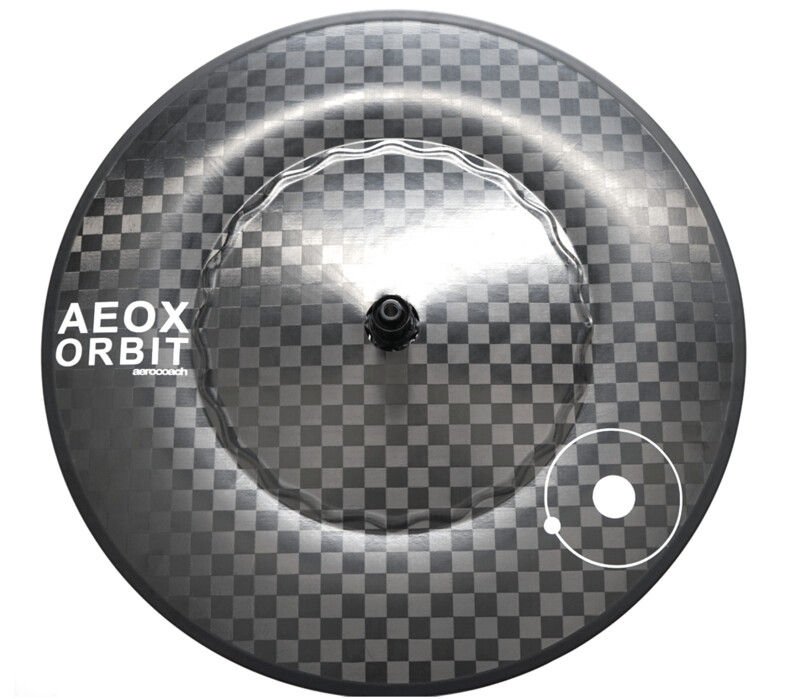the value of this forum has never been us, or me. it's been the wealth of expertise that volunteers its time and i specfically call out marcag as an example.
now, marcag and i don't agree on the signal issue that animates tech discussions in road cycling today. but what interest is there in talking with people you agree with? that discussion lasts 30 seconds and then what?
when i wrote the "news" of zipp's new disc on the front page this morning to me the news wasn't the disc, it was the decision tree that led to the specs and design choices that inform this wheel. this is what i wrote and this is worth discussing. i think we see the limits of zipp's ambitions for hookless. i think it has given up on 25c being a legitimate tire on a hookless wheel. i don't know that CADEX and ENVE feel that way.
but as you know i don't care, because i think 25c is a dead size now on the road. i would be unhappy if everyone thought that way, because where's the fun in that? happily, i'm confident many or most people think i'm full of spit on this.
Dan Empfield
aka Slowman
now, marcag and i don't agree on the signal issue that animates tech discussions in road cycling today. but what interest is there in talking with people you agree with? that discussion lasts 30 seconds and then what?
when i wrote the "news" of zipp's new disc on the front page this morning to me the news wasn't the disc, it was the decision tree that led to the specs and design choices that inform this wheel. this is what i wrote and this is worth discussing. i think we see the limits of zipp's ambitions for hookless. i think it has given up on 25c being a legitimate tire on a hookless wheel. i don't know that CADEX and ENVE feel that way.
but as you know i don't care, because i think 25c is a dead size now on the road. i would be unhappy if everyone thought that way, because where's the fun in that? happily, i'm confident many or most people think i'm full of spit on this.
Dan Empfield
aka Slowman



